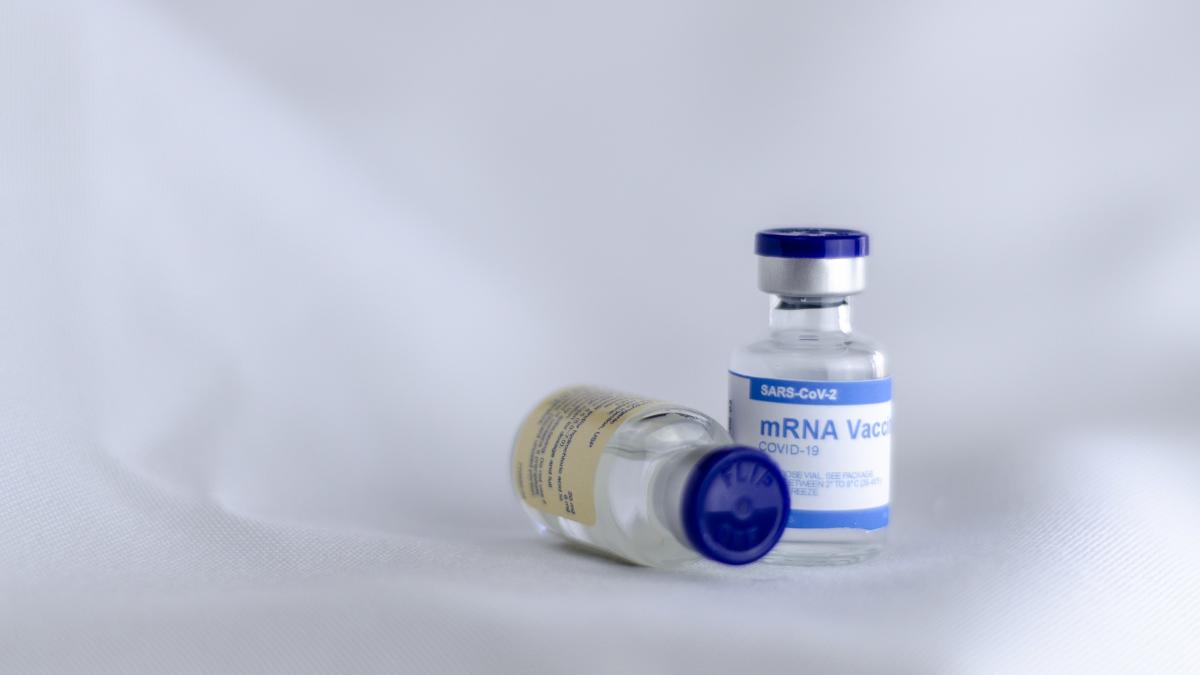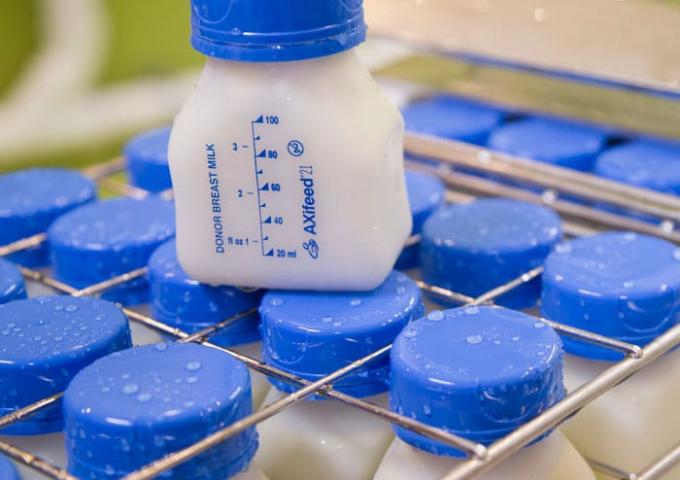Stand up for Saint
I have been reading the articles on the horrific treatment and killing of this poor dog. The handler for this dog is still employed. What is the problem here? Why aren’t these individuals fired and charged? This disgusting place is still in operation? PLEASE CLEAN HOUSE and bring in a new, responsible, and caring staff. I don’t care how you do it, just do it.
“The Pennsylvania Society for the Prevention of Cruelty to Animals (which has a close relationship with ACCT PHILLY) inexplicably found that conditions at ACCT PHILLY did not meet the criteria for cruelty. They also refused to investigate the haunting death of Saint.” Are you kidding me!
They should also be investigated. How dare they.
I am sick to my stomach!
Debbie Marks | Red Bank, N.J.
_____________
For mRNA vaccines, thank animals
To the delight of high school biology teachers everywhere, messenger RNA is having a moment.
It’s the technology behind Moderna’s and Pfizer-BioNTech’s vaccines against COVID-19, the safest and most effective yet developed.
These vaccines are the first successful biomedical application of mRNA technology. But they won’t be the last. Moderna, BioNTech, and other firms are working on mRNA therapies that could prevent or cure everything from HIV and cancer to malaria and the flu. They’re also harnessing mRNA technology to develop vaccines against the most dangerous COVID-19 variants.
All this progress is the product of animal research. When the next generation of vaccines and therapeutics fueled by mRNA technology arrives, we’ll have animal research to thank.
The tale of mRNA vaccines begins in the 1990s. Inspired by University of Wisconsin researchers who successfully injected mRNA encoding luciferase – the enzyme that makes fireflies bioluminescent – in laboratory mice, scientists at the University of Pennsylvania recognized the potential for mRNA to carry genetic information to cells for therapeutic purposes. They discovered mRNA-based vaccines could compel cells to develop disease-fighting proteins.
It wasn’t until 2005 that mRNA’s scientific pioneers developed a method that would allow the vaccines to do their work without triggering an inflammatory response in mammals, including humans.
The next challenge was to figure out how to deliver mRNA without having it degrade immediately upon injection. It took decades of research with animal models and then human patients to develop the lipid nanoparticles that serve as the escorts for the mRNA molecules with their immunization instructions.
And yet, time has a way of racing forward when success is at hand. According to Pfizer CEO Albert Bourla, the all-hands-on-deck push for the COVID-19 vaccine generated a decade’s worth of work into one year.
Potential mRNA vaccines for other respiratory viruses, autoimmune disorders, cancer, and congenital genetic disorders are already showing promising results with animals. Moderna announced it would begin human trials for two mRNA-based vaccines against HIV.
BioNTech is using mRNA to combat a form of multiple sclerosis in mice. The experimental treatment stopped muscle deterioration and restored some lost motor functions without impairing the entire immune system. Future research with nonhuman primates could lead to a vaccine against this debilitating disease for use in humans.
Another promising application of mRNA technology is in prenatal gene repair. Researchers at Children’s Hospital of Philadelphia and the University of Pennsylvania injected mouse fetuses with RNA that instructed the cells to produce certain proteins necessary for health after birth. This experiment could be among the first steps toward developing preventative treatments for genetic diseases.
Animals are the closest living systems for predicting how a potential therapy – mRNA or otherwise – might perform in a human. Rhesus macaques share about 93% of their DNA with humans.
In order to keep advancing mRNA science so that vaccines and therapeutics can deliver on their potential, scientists must rely on laboratory animals before attempting new therapies in humans.
Like so many medical advancements before, if mRNA lives up to its potential, we’ll have animal research to thank.
Matthew R. Bailey is president of the Foundation for Biomedical Research (fbresearch.org). This piece originally ran in the Boston Herald.





